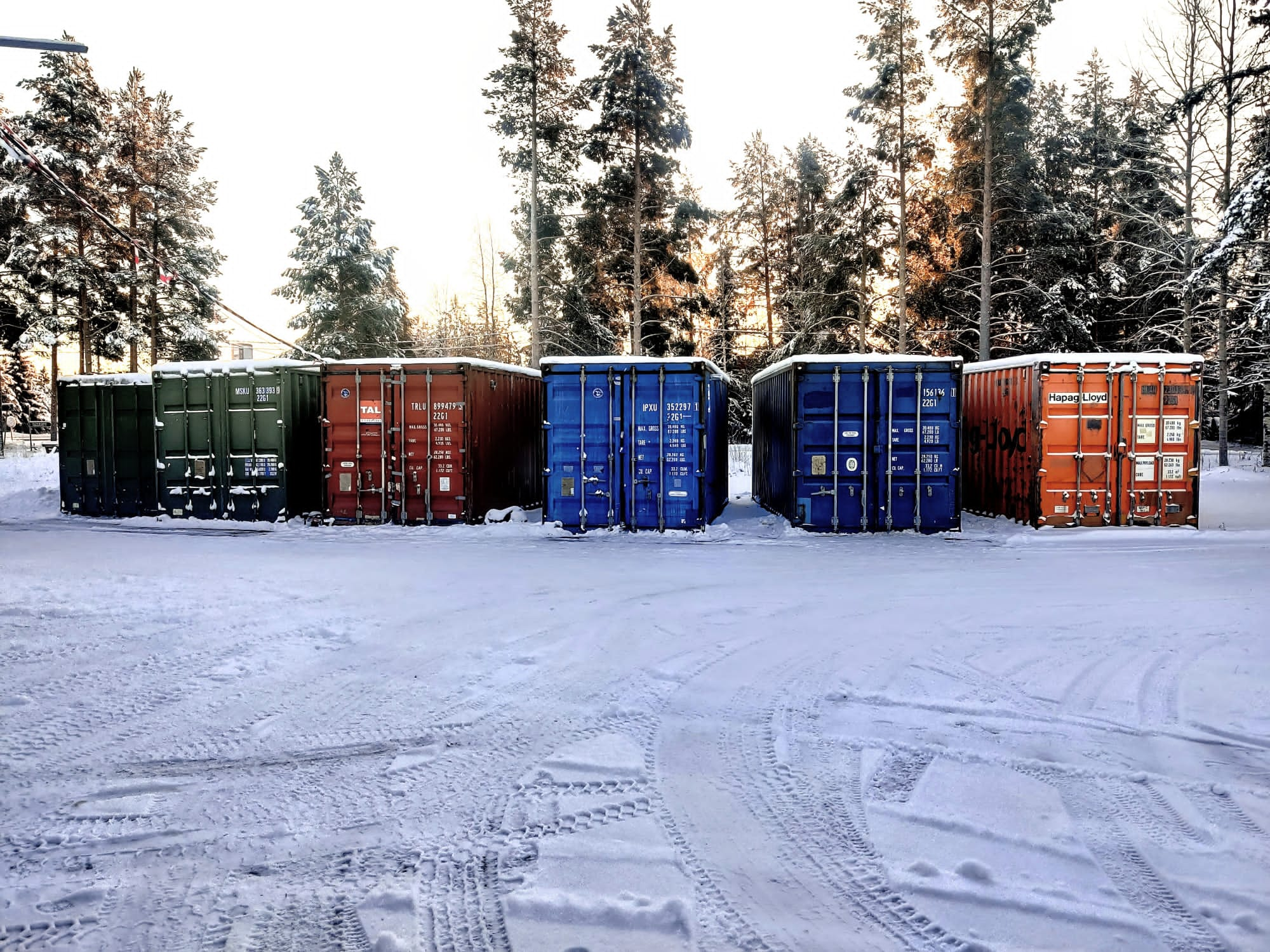
How insect rearing and solar power are the future of sustainable agriculture and animal farming
Let’s talk about energy consumption for a while. We recently ran into this a bit older publication about the fact, that all global energy consumption could be solved by covering approx. 1.2% of Sahara desert with solar panels. Even if we don’t necessarily agree with everything the article says, let’s think about energy consumption a bit deeper and play around with this idea.
Now, would covering vast areas of Sahara solve the global energy problems? In theory yes, but in practice no, it’s not quite that simple. It’s not just about having the energy produced with solar panels and stored somewhere, but distributing it, political issue of who funds the project, who owns it, who wants to deal with someone else and someone else not, what it costs to deliver it to customers around the world, and so much more.
In reality, we of course need to get rid of fossil energy sources, that’s a no-brainer with our current knowledge. Many think we should also get rid of nuclear power, as the nuclear waste will eventually become an issue, and the chance of another Chernobyl disaster haunts in our minds.
The overall idea of us spending much too much of this globe’s resources than what is good for mankind is commonly acknowledged, and is likely the only thing people more or less agree on what comes to energy discussions.
Should we consider the Sahara option? Yes, why not, all ideas are welcome at this point. We definitely should use more renewable energy sources, and we as economies, countries, regions, should become more independent on local energy production, and finding ways of saving energy also.
There have been many wild ideas about for example filling out vast areas of Sahara with water (canals from Mediterranean to fill out the planned “Sahara pool”), building an artificial sea, that would then both reflect excess sunlight to space (helps with global warming issue), would help covering more land area with watering systems for food production, for fish farming, for building habitation for the ever increasing population, and perhaps even plant new forests around the sea.
There are big things at play, but the local, small scale is just as important. What can We do to help solve these issues, while others argue on what should be done, when, who, how and what-not?
We at Manna Insect have early on considered our venture to be one solving global sustainability issues. Supporting local food and feed production, upcycling of waste, supporting local entrepreneurship globally, and helping replace soy, which most people understand being one significant direct and indirect cause of e.g. deforestation, cutting down rain forests, using lots of water and land area that could be potentially used for something good, something more sustainable, and more effective food and feed production.
As a build, our setup is based on using second-hand sea containers, enabling local insect business opportunities without having to spend lots of money and resources on building actual facilities with ceilings, walls, plumbing, electricity, etc. When used for insect protein production, a single container replaces the need for huge amounts of land area, saves water, and all things added, has a negative carbon footprint, reversing the negative effects of soy production in so many ways.
One especially interesting point related to energy consumption is the fact, that the containers can in most locations be operated with solar panels. The average power consumption of one Manna Insect rearing container is less than 1 kW, when the container is used in climate conditions between +10C to +40C. The container can be operated in totally off-grid locations, close to the biowaste source or the end users of the black soldier fly larvae and/or the frass. We think this is a big deal, don’t you?!
We take sustainability seriously.
